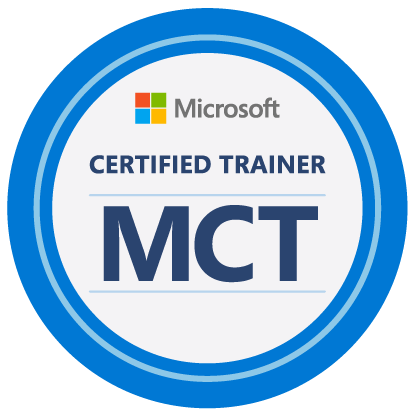Important Update: Azure Automation Update Management and Log Analytics Agent Retirement
Attention Azure users!
This is a critical notice regarding the retirement of two key services: Azure Automation Update Management and the Log Analytics agent.
Both will be discontinued on August 31, 2024.
To ensure uninterrupted update management for your virtual machines, migrating to Azure Update Manager is essential before the retirement date.
Why the Change?
Microsoft is streamlining its update management offerings by focusing on Azure Update Manager, a robust solution with several advantages. These include:
- Simplified onboarding: Azure Update Manager leverages existing Azure features for effortless integration.
- Enhanced control: Granular access controls allow for precise management of update deployment.
- Flexible automation: Automatic patching capabilities streamline the update process.
Taking Action: Migrate to Azure Update Manager
To avoid disruptions after August 31st, migrating to Azure Update Manager is necessary. Microsoft provides a comprehensive guide to facilitate this transition:
Move from Automation Update Management to Azure Update Manager
https://learn.microsoft.com/en-us/azure/automation/update-management/overview
This guide details the migration process, ensuring a smooth transfer to the new platform.
Don't wait! Begin the migration process today to ensure your virtual machines receive updates seamlessly after the retirement of Azure Automation Update Management and the Log Analytics agent.








.jpeg)
%20(1).webp)
.jpeg)








